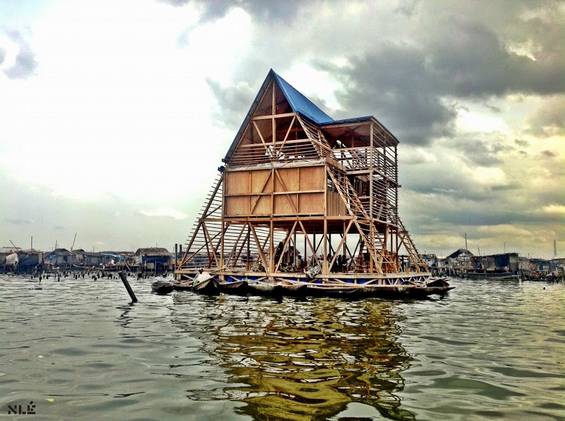
Shelters made from paper, a floating school, monolithic concrete domes: these are just some of the unique, inspiring solutions to address housing needs in the emerging markets.
Whether a reaction to a natural disaster, or a response to social issues such as affordable housing and urbanization, Pakistan’s best real estate website Lamudi.pk explores the projects providing alternative shelter solutions to local communities in need.
Paper Refugee Shelters, Rwanda:
In 1994, Shigeru Ban, who has since won the Pritzker Prize for modernist architecture, began humanitarian work in response to the conflicts in Rwanda. After more than two million people became homeless, Ban suggested low-cost paper tubes as an alternative method, to create shelter for those in need. This innovative solution not only saved money, but conserved trees in a move to avoid deforestation. Since 1994, Ban has been creating emergency paper shelters around the world.
Paper Log Housing, Philippines:
During Typhoon Haiyan (known locally as Yolanda) in November 2013, over 130,000 homes were destroyed in the Philippines. In response, Shigeru Ban Architects created simple emergency housing structures in Cebu. The design included: beer crates filled with sandbags, floor panels constructed from coconut wood and plywood, and paper tubes to create the structural frame. High volumes of temporary shelters were constructed, providing immediate shelter to those in need.
Makoko Floating School, Nigeria:
Urbanization is rapidly affecting Lagos, Nigeria’s largest city; as the population grows, land becomes increasingly sparse. As an innovative solution to the shortage of space in the city, and the lack of English speaking educational facilities, NLE created the prototype for a school to be built in the water community of Makoko. The three-storey, floating structure aims to generate a sustainable alternative building solution, addressing the local community’s social needs.
Earthquake-proof Housing, Indonesia:
Domes for the World (DTWF) partnered with the World Association of Non-Governmental Organizations (WANGO) to create a village of 80 monolithic domes in Indonesia. The domes provided earthquake-proof shelter to families following the devastation to Central Java in May 2006. The domes are built to withstand natural disasters, including tornadoes, fire and earthquakes; the concrete construction creates a warm, stable shell for thousands of people in need of alternative housing solutions.
Eco-village, Uganda:
To address environmental, sustainability and social issues in Uganda, earth bag construction was used to develop an eco-village in close proximity to Lake Victoria. The project provides protection from the elements for more than three million people living along the coastline. Three clusters of buildings make up the village, constructed using earth bag construction technology. Each cluster was created with the aim of providing comfortable, sustainable housing for those living in poverty.
